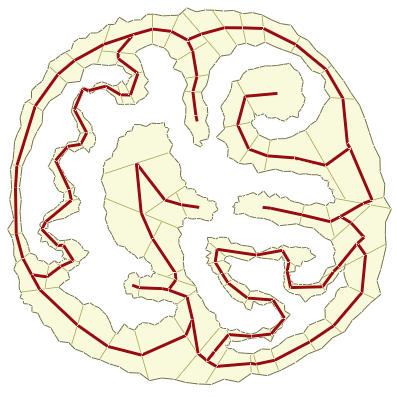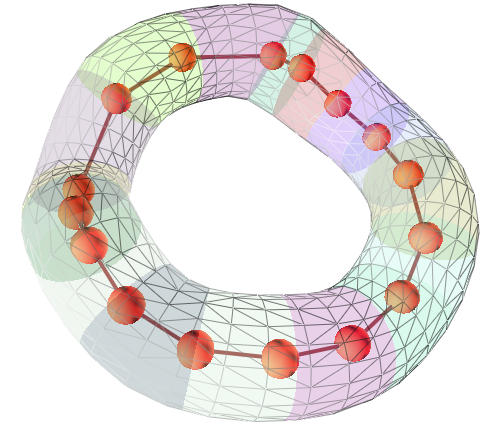Skeletonization


|
Images from Technical Report TR05-004
Shape decomposition and skeletonization share many common properties and
applications. However, they are generally considered as independent methods.
In this paper, we propose a framework that simultaneously generates both shape
decomposition and skeletons by considering that both processes and the qualities
of their results are interdependent.
Approximate convex decomposition (ACD), which partitions a model into nearly convex
components, has been shown to reveal important structural information and is used for
shape decomposition in this paper. A skeleton of the model is then extracted from the
convex hulls of these nearly convex components. The process of simultaneous shape
decomposition and skeletonization iterates until the quality of the skeleton becomes
satisfactory.
|


|
Images from Technical Report TR03-001
In many applications, the detailed features of a model are not crucial and in fact considering them
only may serve to obscure the important structural features and adds to the processing cost. In such cases, an
approximate representation of the model, such as approximate convex decomposition (ACD), that captures
the key structural features would be preferable. One important example is skeleton extraction. The skeleton
is a low dimensional object which essentially represents the "shape" of the higher-dimensional target object.
The process of generating such a skeleton is called skeleton extraction.
In this page, we show some examples of extracted skeletons via ACD.
|
|